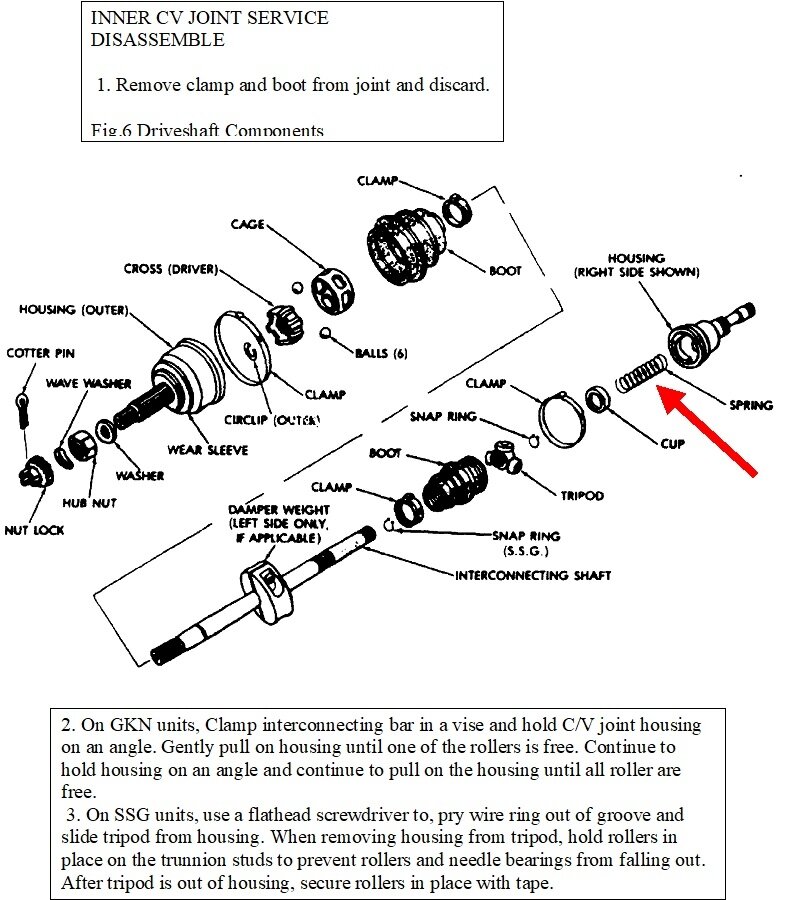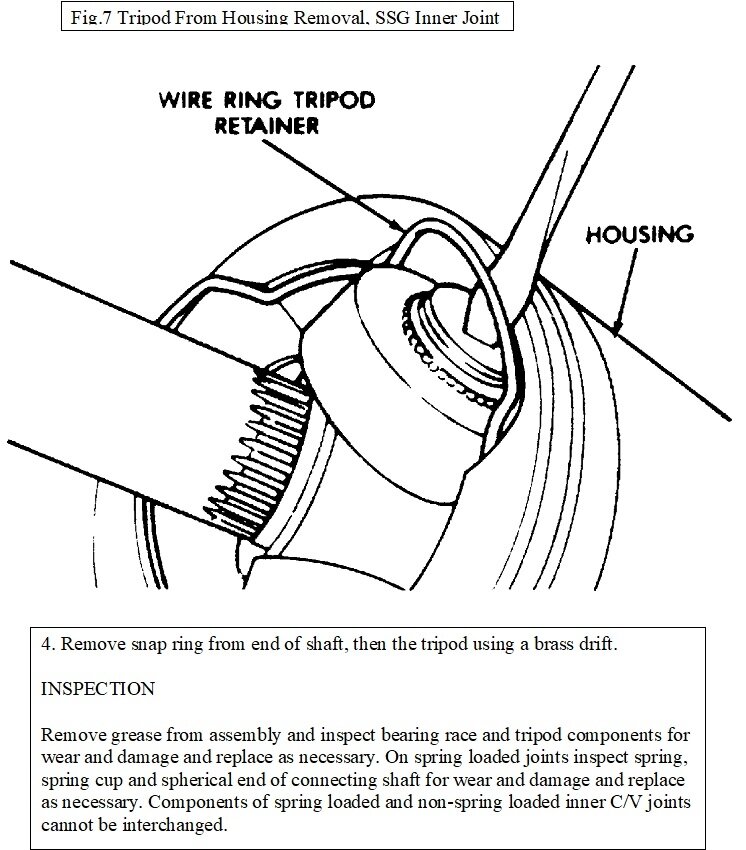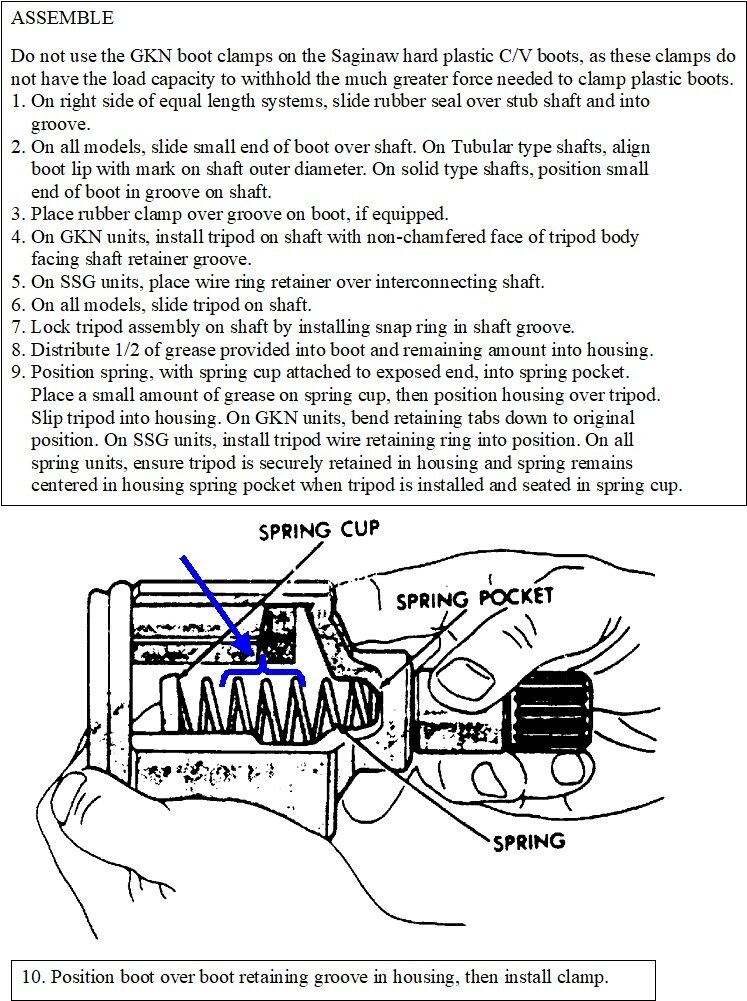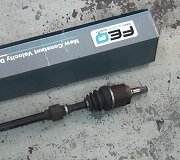Hi guys. SATURNTECH9 is right, but allow me to go even further. I ran into this over a dozen times in my ten years at the dealership.
First, did you replace the parts listed in an attempt to solve this vibration, or did the vibration start after these parts were replaced? If it started after the new parts were installed, the better suspect is rust or other debris got caught between the wheel and rotor's mounting surface, or scale fell behind the rotor. Either case will cause the wheel to wobble. The clue is you'll see an oscillation in the steering wheel at low speeds, as when in a parking lot, and it won't go away when coasting.
The first clue to this is it only occurs when accelerating or under load, but what threw me was the speed you listed. In every one of these I was involved with, the vibration occurred from 0 to 35 mph when turning right and uphill when leaving the dealer's parking lot. Once up to the speed limit, (35mph), and letting off the gas, the vibration would stop. It was felt and seen in the steering wheel.
The most common but really elusive cause is the inner CV joint housing has worn spots. You will never see this during an inspection with the half shaft still in the vehicle. There is no way to tell if the wobble is being caused by the left or the right shaft, but in my experience, only one left housing was bad. All the others were on the right side, so start with that one. With the shaft assembly removed and on a work bench, you have to slide the boot back, then remove a wire ring, bend some of the soft metal tabs, or simply turn the housing at a high angle to the shaft to remove the tripod. There will be three large rollers sitting on needle bearings. Be prepared to put tape around them to hold them onto the shaft. Some can slide off from gravity, then you'll be chasing needle bearings all over. Some are held on with wire rings.
Wipe the grease out of the housing, then run your finger over the six highly-polished surfaces the rollers run back and forth on. If you can feel even the slightest hint of a depression, you have some serious junk, and it was causing a real miserable wobble during acceleration. If it feels okay, wash all six rolling surfaces, then shine a trouble light in there and look at the reflections. If you see the slightest wave or distortion, you found the cause of the wobble. This is similar to feeling the nice smooth bodywork under the doors of a show car, but you can see the waves in it when looking at the reflection of the ground in the paint. In both cases, the waviness is easier to see than it is to feel.
With each rotation of the shaft, the rollers allow the angle to change between the shaft and the inner housing. To do that, the rollers are running back and forth about a half inch. Those angles change due to the height difference between the transmission and the wheel bearing, turning the steering system, and the height changes the suspension system goes through. You can have a badly worn housing that doesn't cause any symptoms, as long as the rollers always stay within that area. The wobble will show up when something changes the area the rollers want to run in. The most common cause is replacing an engine mount. On a '94 model, the right mount positions the engine from left to right. Even if that mount is just loosened, then bolted back on in a different location, that can move the engine to one side up to about 1/4". That is way more than enough to shift the area where the rollers run in the housing, and that will cause the wobble that wasn't there before.
Changes in ride height can affect this too. Springs sag with age, but this happens so slowly, and since the suspension system is constantly bouncing up and down, the area of wear increases gradually without our noticing it. As an alignment specialist, I am very critical of correct suspension system ride height, and I want it to be right before I'll take your money for an alignment. That means replacing the coil springs. That raises ride height and changes the geometry of the suspension system parts. That moves the rollers to a new location in the housing. Now they'll roll into and out of the worn area. During cruising and coasting it is easy for the rollers to move back and forth. With the torque of acceleration, however, the rollers bind when trying to run out of the worn area. Instead of rolling smoothly, they push on the shaft. That pushes on the outer CV joint, which pushes on the wheel bearing, which is bolted to the spindle, which tugs on the lower control arm, which is mounted on rubber bushings. The spindle is being pushed left and right, and the steering linkage is attached to that and is also being pulled back and forth. The important observation that was never made clear here is it is the steering wheel that oscillates back and forth, and this usually occurs when turning and up to about 35 mph, as in when accelerating from a parking lot onto a street. Since the binding rollers won't let the shaft change length freely, it also pushes back and forth on the transmission / engine. That can be what is felt as the whole car is shaking.
Be aware too that any vibration of this type has to be caused by something that is rotating. That rules out the rack and pinion steering gear assembly, tie rod ends, and ball joints. It is possible for worn steering and suspension parts to ALLOW a wobble or vibration to occur, but that vibration has to CAUSED by a rotating part.
Now that I've shared all that wondrous information, it would be smart to check for a collapsed engine mount first. The right one is right up on top. If the rubber has squished out, you may see metal on metal from the two pieces contacting each other. The left mount is harder to see. You may need to remove the left front wheel to look at it. Don't worry about the center mount in front. That one just prevents the engine from rocking excessively. It doesn't hold anything up.
My recommendation is to buy a brand new half shaft assembly. Rebuilt shafts used to cost close to $200.00 and new ones through the dealer were more than twice that. A few years ago I needed an outer CV joint for my '88 Grand Caravan, and found the new shafts were only $65.00. I would avoid a rebuilt shaft because the people who do the rebuilding are only trained in how to clean and assemble the parts, not to inspect for this very slight wear. You could end up with a shaft with an inner CV joint housing that has worse wear than on yours. Same with a salvage yard shaft. No one will know if that one has wear either until you install it and find the wobble is still there.
From what I've seen, most of these new shafts come with a tone ring on them for vehicles that have anti-lock brakes. Given Chrysler's history of really good parts interchangeability between models and years, my replacement shaft fit '87 through '95 models. 1988 models never had anti-lock brakes as an option. The wheel bearing was slightly different, and that tone ring interfered with it. If you run into that, the ring can be tapped off rather easily.
Another thing to look for is the spring I added a red arrow to in the first drawing. When you unscrew the large axle nut by the brake rotor, you can push the axle stub in about 3/4" with your thumb. It should pop back out under that spring pressure. That is what keeps the inner joint in the transmission. If that spring breaks, the outer joint won't pop back out, and you can expect to see the polished roller surfaces in the inner housing are chewed up. As late as the late '90s, that spring and cup cost $3.00 from the dealer's parts department. That also causes a wobble, and the housing may still be okay. The new spring and cup solved some of these for me without having to replace the inner housing.
In the third drawing, I tried to show the area of the six roller surfaces that must be inspected. The spring is shown again. The blue arrow and bracket show the area of the six surfaces around the inside of the housing.
Images (Click to make bigger)
Sunday, November 6th, 2022 AT 4:09 PM






